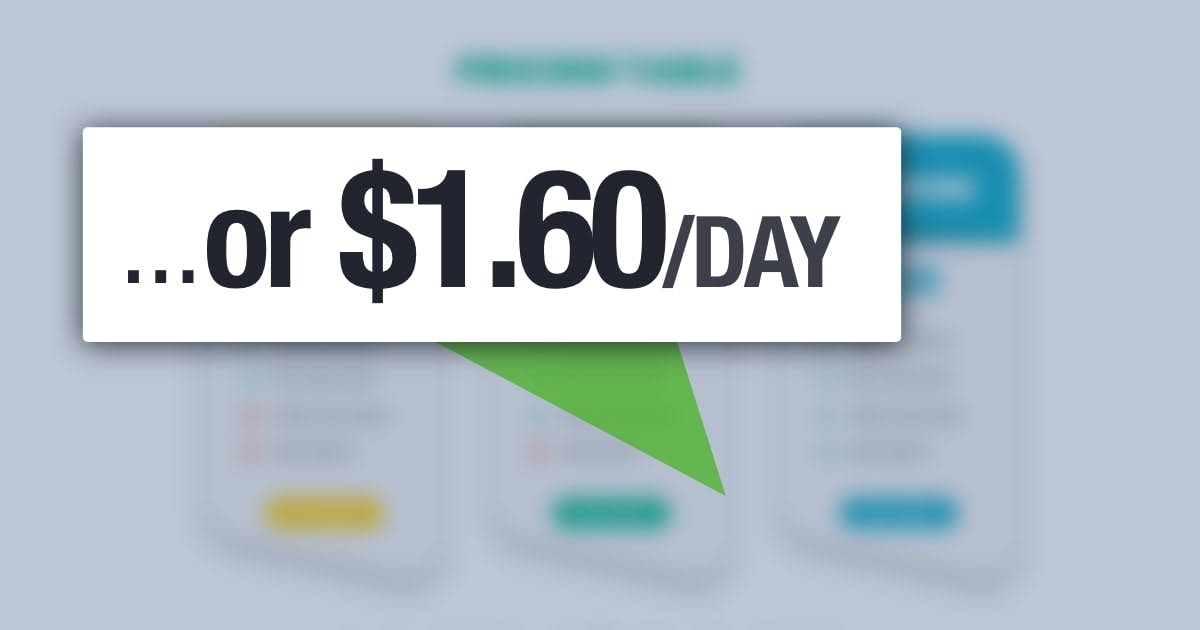Pricing
Tactic
Mention a Daily Price Less Than $4.00
It feels like a better deal.

Overview
Frame your price in daily terms (e.g., $1.60/day; Gourville, 1998).
Or it also works with a petty expense (e.g., cup of coffee; Gourville, 1999).
But don't exceed $4 per day. If you sell a software license for $4200 per year, don't say $11.50 per day. It will seem more expensive (Gourville, 2003).
That study was conducted with college students, so it might vary with other segments:
...the inflection point for the college students used in this study was somewhere between $4 and $11.50 per day. One could speculate how this inflection point might vary across consumer segments... For a college student, whose typical daily expenses may be in the $1 to $3 range, $10 a day may seem like a daunting sum... for an accomplished business person, $10 per day may still be considered “petty cash” (Gourville, 2003, p. 133)
You should stop at a daily price. But let me know if you try $0.00003 per second.
- Gourville, J. T. (1998). Pennies-a-day: The effect of temporal reframing on transaction evaluation. Journal of Consumer Research, 24(4), 395-408
- Gourville, J. T. (1999). The effect of implicit versus explicit comparisons on temporal pricing claims. Marketing Letters, 10(2), 113-124.
- Gourville, J. T. (2003). The effects of monetary magnitude and level of aggregation on the temporal framing of price. Marketing Letters, 14, 125-135.
